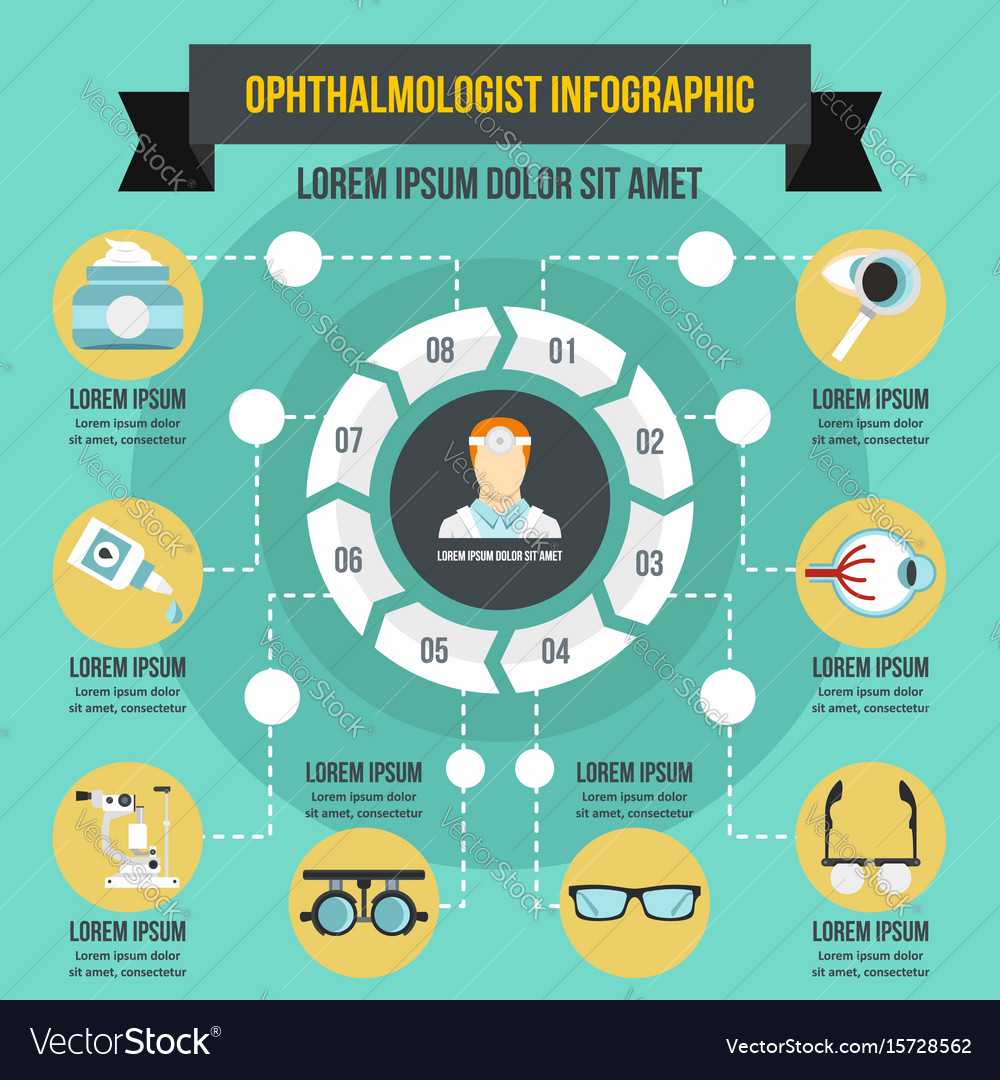Discover Advanced Therapies For Careless Eye And Determine Which Techniques Effectively Improve Vision-- Are You All Set To Reveal The Unexpected Rates Of Success?
Discover Advanced Therapies For Careless Eye And Determine Which Techniques Effectively Improve Vision-- Are You All Set To Reveal The Unexpected Rates Of Success?
Blog Article
Material Create By-Downey Truelsen
If you have actually ever questioned lazy eye, or amblyopia, you're not the only one. Many people look for methods to improve vision through both typical techniques and newer innovations. You'll find that treatments have actually advanced significantly, incorporating innovation like virtual reality. However just how effective are these techniques, and what aspects affect their success? Allow's discover the landscape of careless eye therapies and uncover what truly functions.
Conventional Therapy Methods for Lazy Eye
When it involves dealing with lazy eye, or amblyopia, standard techniques concentrate on strengthening the weaker eye. You might start with patching, where you cover the more powerful eye for numerous hours a day. This forces your brain to rely on the weaker eye, slowly improving its function.
You'll also likely make use of vision therapy workouts to boost control in between both eyes. These workouts can help with concentrating and tracking skills. In many cases, glasses or contact lenses can deal with refractive mistakes that add to amblyopia.
Regular follow-ups with your eye treatment specialist are essential to check progression. While these techniques can take time, consistency is essential to attaining better vision and general eye health and wellness.
Ingenious Treatments: Virtual Reality and Beyond
As brand-new modern technologies arise, cutting-edge therapies like virtual reality (VR) are changing the treatment landscape for careless eye. With virtual reality, you can take part in immersive games created to improve your vision by encouraging making use of your weaker eye. https://www.eurekalert.org/pub_releases/2020-10/uoh-ntc102020.php make treatment more pleasurable, increasing your likelihood of dedication.
In https://postheaven.net/tobias3loyd/adult-strabismus-find-out-how-the-adult-strabismus-facility-can-help-in , some programs incorporate eye-tracking modern technology to personalize your therapy, guaranteeing it meets your particular requirements. Beyond virtual reality, other novel approaches consist of neuroplasticity training, which aims to re-train your mind's visual paths.
These treatments concentrate on making the healing process vibrant and appealing. By accepting these developments, you can take an energetic role in your treatment and possibly experience much better end results.
Reviewing Success Rates of Lazy Eye Treatments
How do you know if a careless eye treatment is truly efficient? To examine success rates, focus on two major metrics: visual acuity enhancement and eye alignment.
After therapy, generally, you'll go through vision examinations to determine clearness in the influenced eye. If https://rentry.co/ocfgexsm see substantial renovation, that's a favorable indication.
You need to also take into consideration follow-up assessments, as advantages may take time to show up. Various treatments-- like patching or vision therapy-- reveal differing success prices, typically affected by age and severity of amblyopia.
As an example, younger kids normally react better than grownups. Gathering responses from your doctor about past patient end results can also assist your expectations.
Final thought
In conclusion, comprehending careless eye opens up a globe of innovative therapies that go beyond standard techniques. By checking out techniques like virtual reality and eye-tracking, you can actively engage the weaker eye, leading to better results. Keep in mind, success prices depend upon elements like age and adherence to therapy, so remaining dedicated and going to regular follow-ups is essential. Accepting these improvements can considerably boost your vision and total quality of life. Don't hesitate to seek these exciting alternatives!
